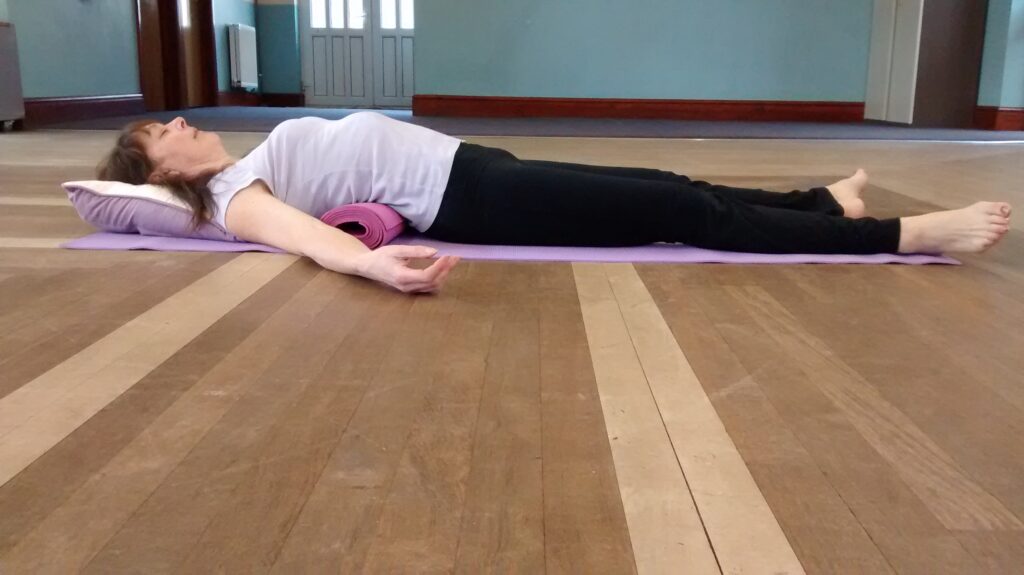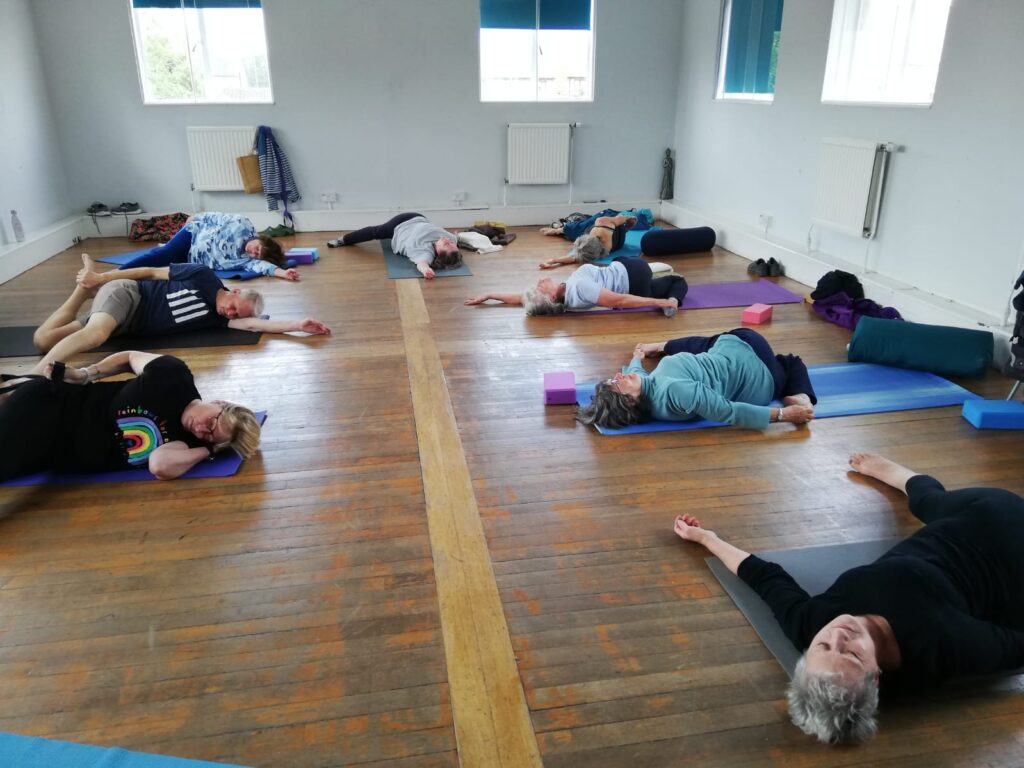
Have you ever experienced that sense of bliss as you sink into a pose, feel your body open out towards its edges, and then remain there in the moment as you slowly release, and release, and release? If you have, then you were probably practicing yin yoga.
Yin differs from our usual hatha practice in many ways. A more usual Yang practice seeks to warm the muscles and encourage opening and stretching of the muscles to build a combination of physical strength and flexibility, a deeper connection between the body, mind and breath, and an overall holistic sense of wellbeing. Yin focuses on the less pliable connective tissues (the fascia, ligaments, tendons and joints), those parts of us that give us structure, that are more stable and less able to move and stretch. This is why we hold yin postures for longer, as we patiently allow these areas time to slowly open up and release.

To give you a better sense of how it differs, let me introduce you to some of my favourite yin yoga teachers.
Yoga teacher and author Norman Blair uses the following words to describe the experience of yin: “slowing, surrendering, merging, sinking, allowing” … So yin can be about embodying the delicious feeling of becoming one with the body, mind and breath …
In his book The Complete Guide to Yin Yoga, teacher and author Bernie Clark encourages us to keep in mind that “how we practice is much more important than what we practice.” He tells us that “Too often, students force themselves into contorted positions with no regard for whether what they are doing is helping them or hurting them.” And, my favourite teaching of his: “We do not use the body to get into a pose, we use the pose to get into the body” … So yin is also about the intention behind our practice, one of ahimsa or non-harming …
Yoga Teacher Sarah Powers, reminds us that yoga is “a transformative vehicle”, and that yin serves to “not only increase my physical agility, but to stabilise and replenish my energetic vitality and mental clarity as well” … So yin is also about connecting with, and stimulating a different type of energy to yang yoga …
And yet yin is so much more … We may share some of the larger understandings mentioned above however, as is usually the case in all aspects of life, the experience of yin is completely personal and different for every person who rolls out their mat. And so, we can safely concluded that yin yoga is an opportunity to pause, soften, connect to and enjoy the moment exactly as it is – and how remarkable is that – yin needs to be felt, explored, acknowledged and appreciated, just as it is at that moment in time.

And finally, I just want to point out that yin yoga is not restorative yoga. Restorative yoga is a therapeutic practice that can be practised with the intention to heal damaged aspects of our body and our Selves. Restorative yoga is more subtle than yin, encouraging a still deeper level of connection and communication with all of our many layers, it has a different purpose for a different outcome, and therefore cannot be replaced by yin.
If you would prefer to experience yin, rather than just read about it, come along and roll out your mat with me.
Telephone/text/WhatsApp: 07817623330; email: [email protected]; or message me on Facebook: Free To Think
